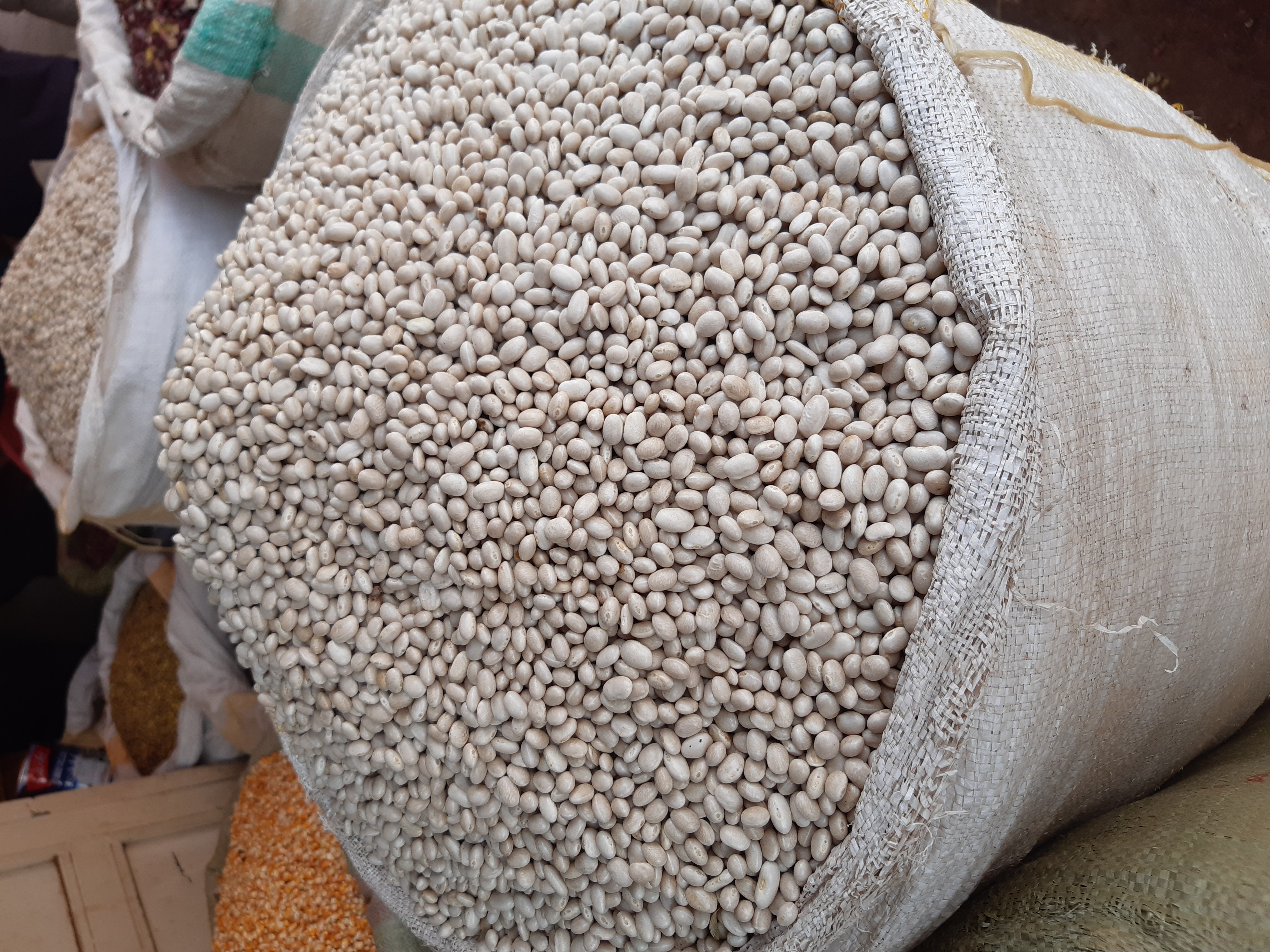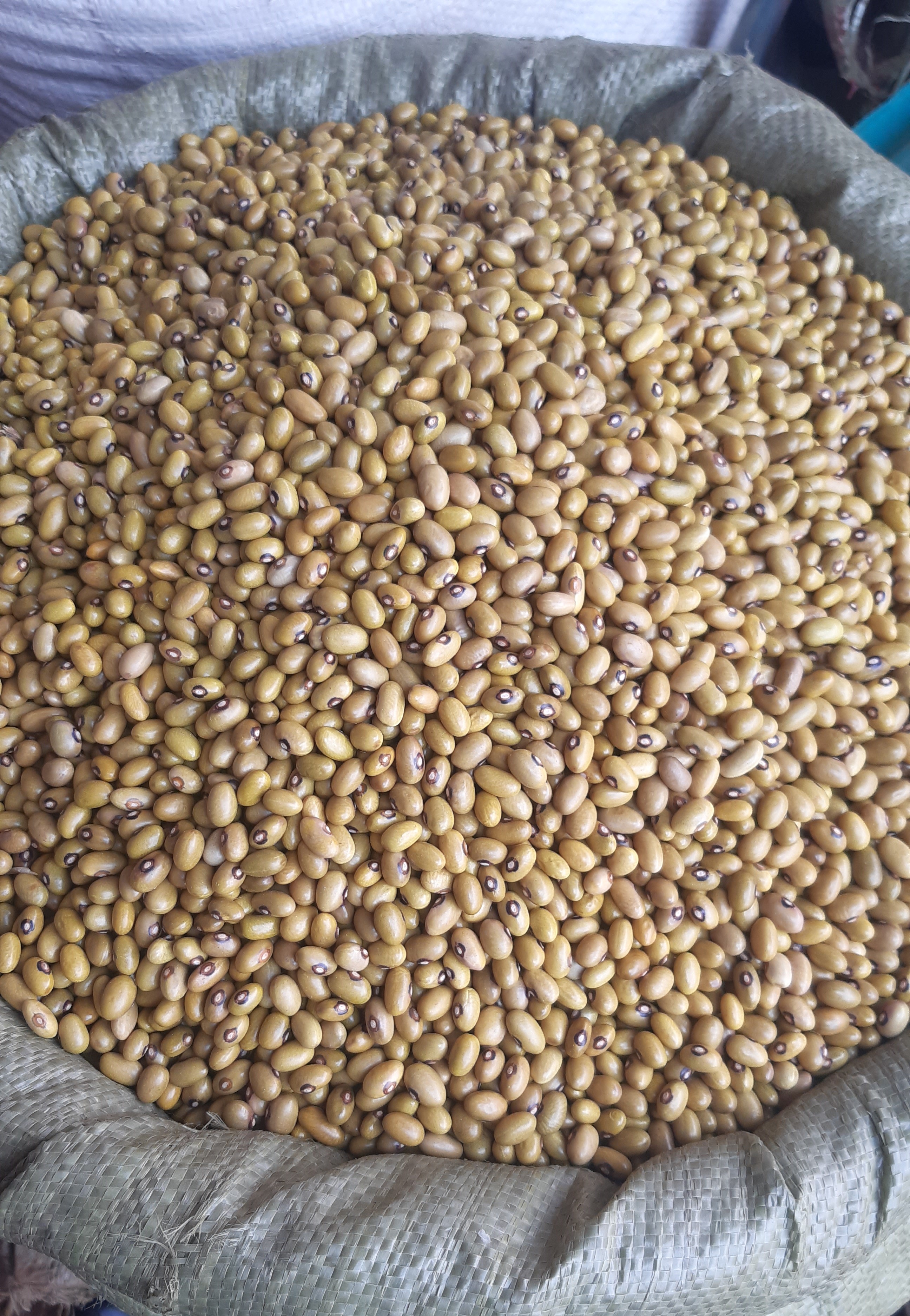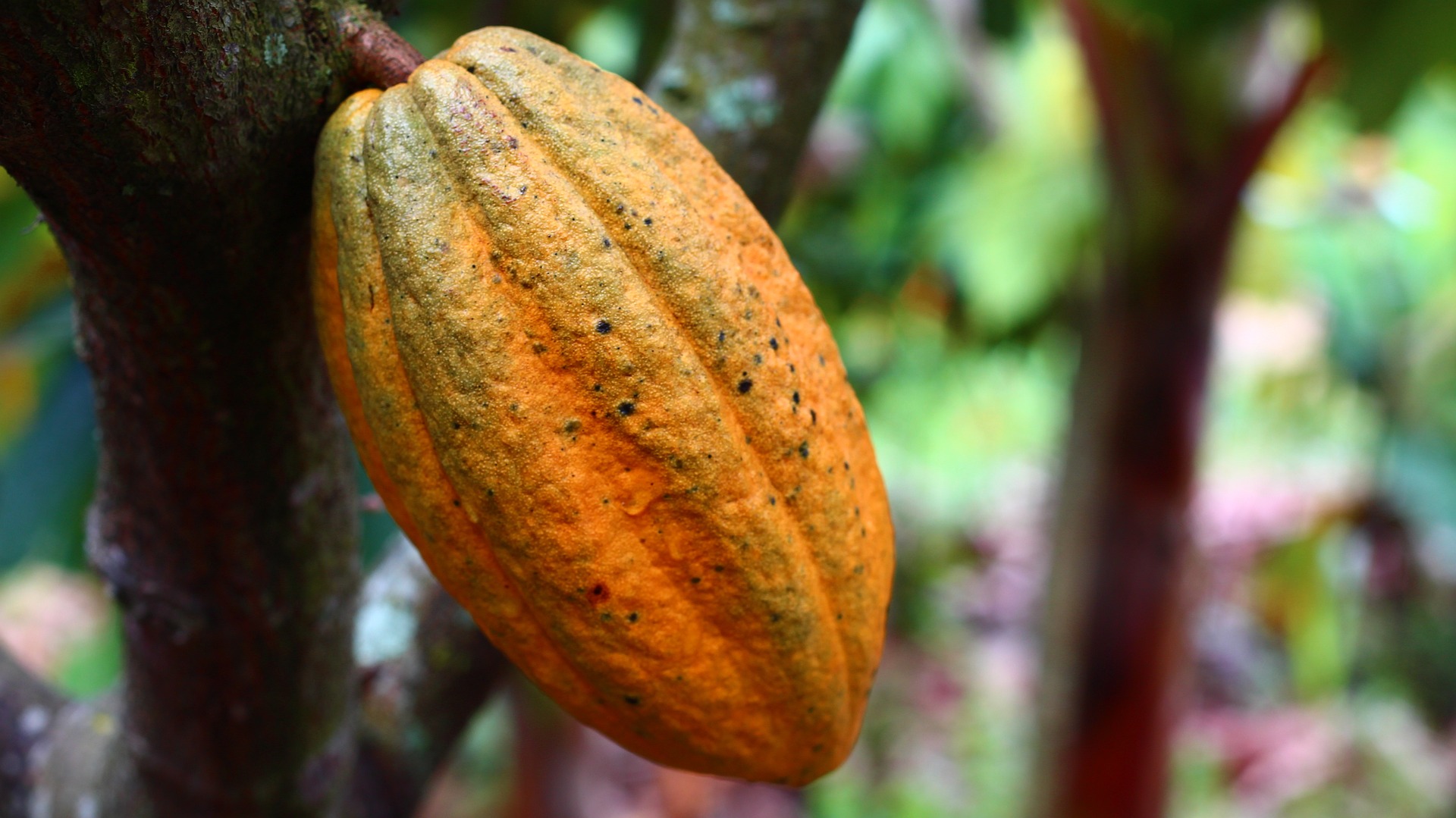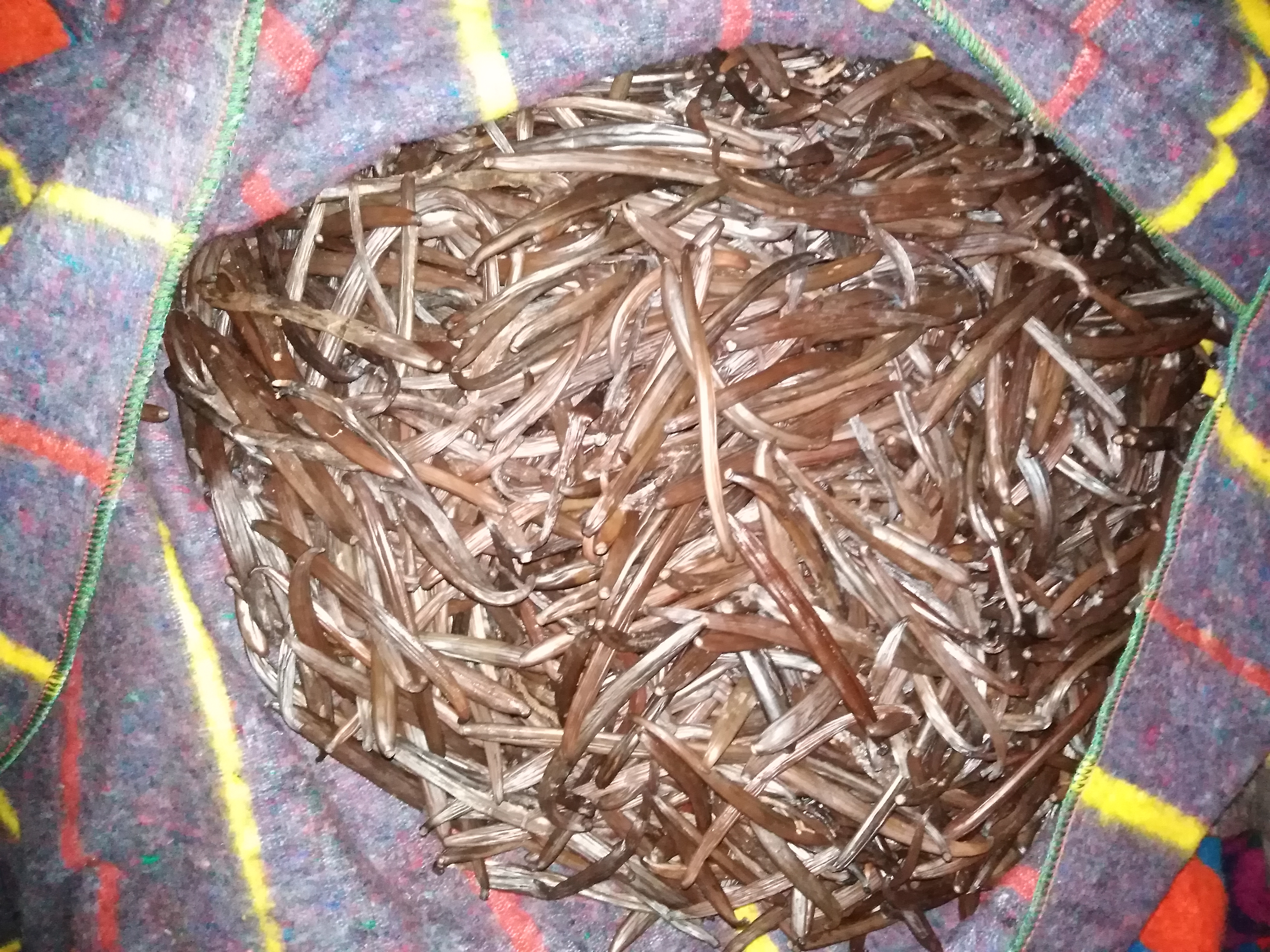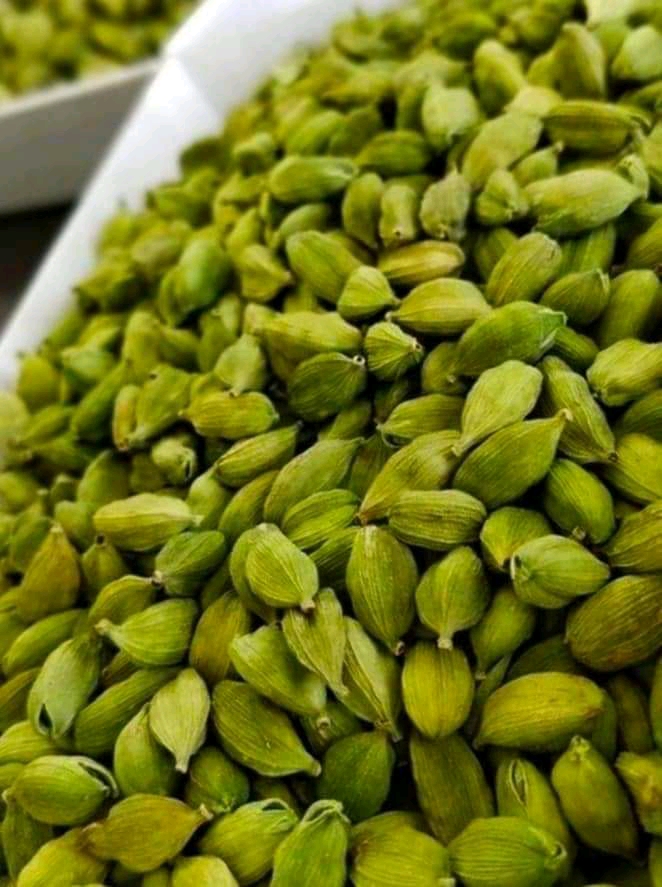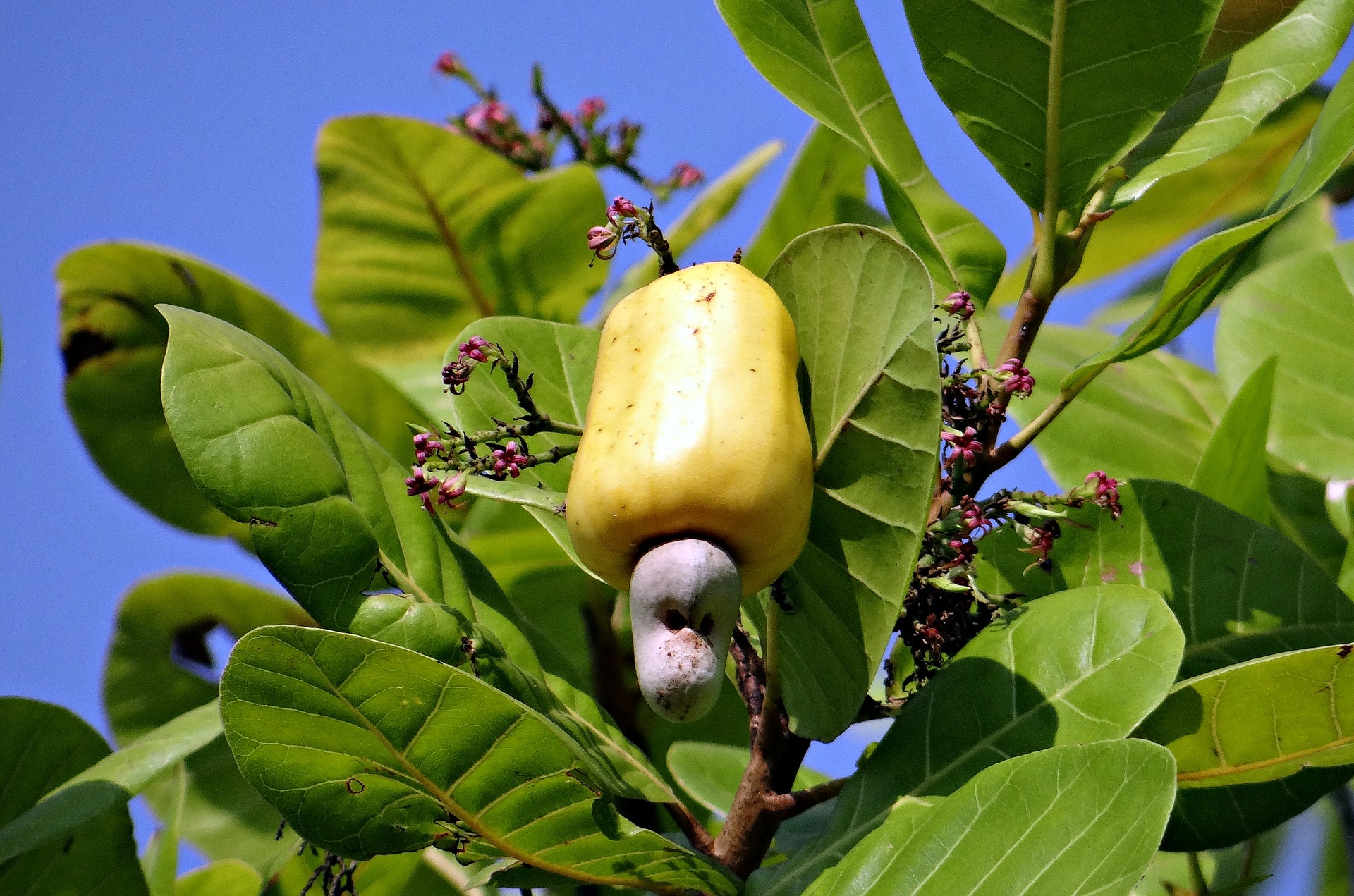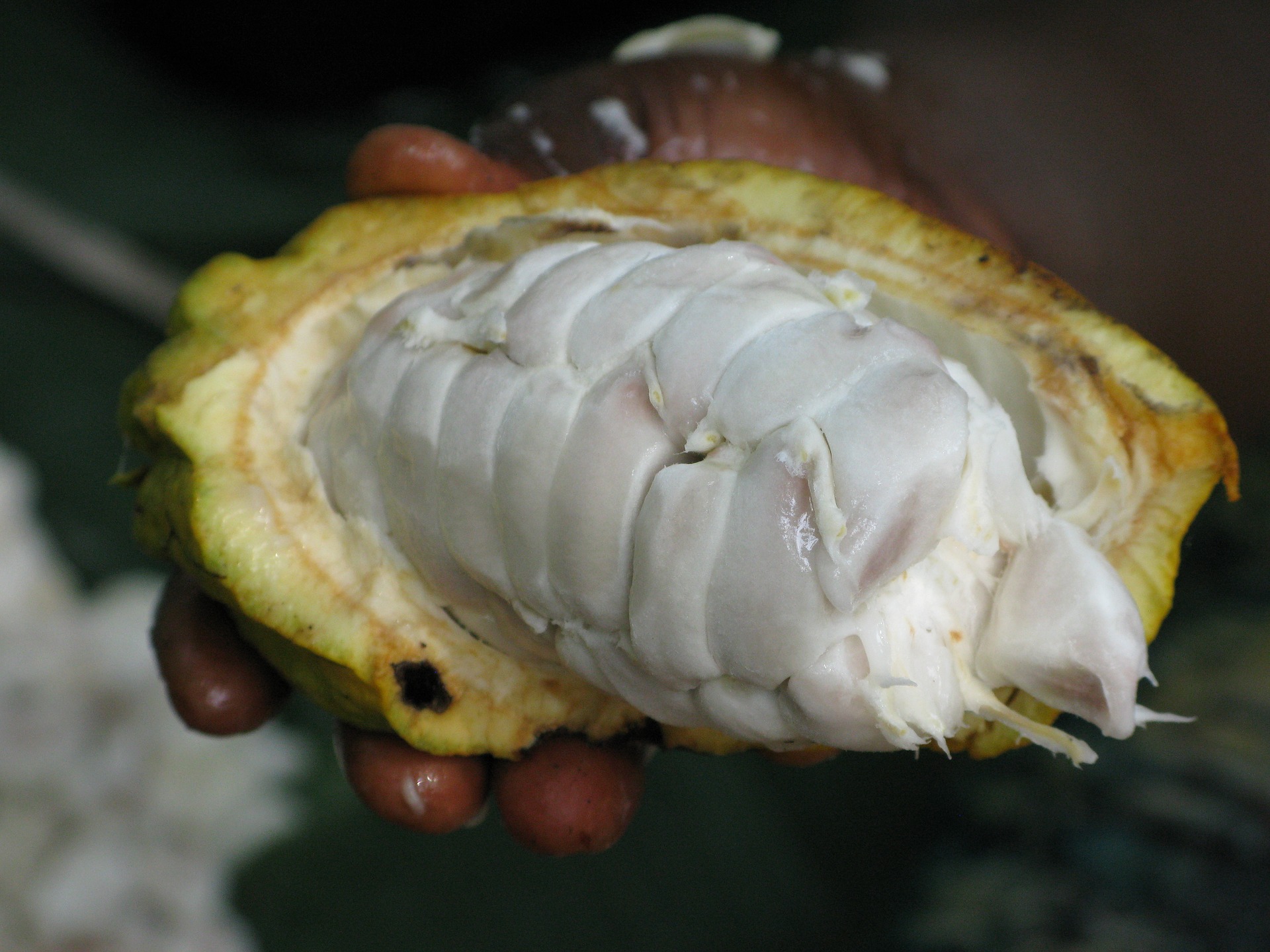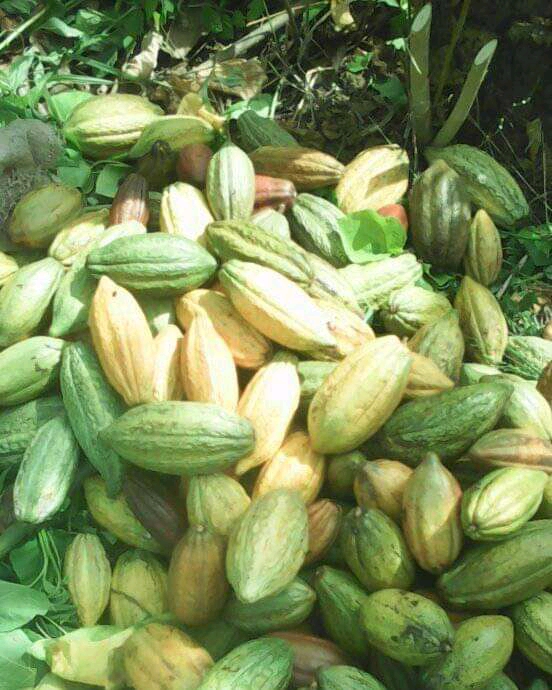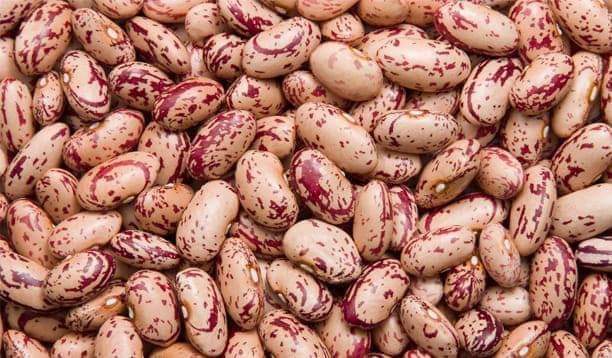
How to plant and grow Beans in Uganda
If you wish to establish a garden of beans while in Uganda, you need to know the types of beans that flourish in the climate of Uganda. Uganda is a country gifted by nature and in most cases you will find that many crops will grow with a lot of ease.
There different types of beans that are grown in Uganda that you need to know about before you start your garden of beans. Now, let’s look at some of the types of beans you need to know and have a good idea about before you establish your garden of beans in Uganda.
Kazibwe Beans From Uganda
This is one of the consumed types beans in Uganda. Their requirements and specifications are laid down below:
- Altitude: 1000 - 1800 meters above sea level
- Maturity: 90 days
- Seed rate: 50-60 kg/ha
- Expected yield: 2 - 2.5 ton/ha
- Growth habit: Trailing (Type II)
- Released in 1994
Specifications:
- Small light brown mottled seed
- Good taste, good yield
- Resistant to bean common mosaic virus (BCMV), bean rust (BR), Angular leaf spot (ALS), common bacterial blight (CBB), and anthracnose.
- Susceptible to root rot
- Performs relatively well under extreme environments
- Less marketable compared to other beans
Click here to inquire or buy beans from Uganda
Nambale Omuwanvu Beans
This is the most common and widely consumed type of beans in Uganda. Their requirements and specifications are laid down below:
- Altitude: 1000-1800 meters above sea level
- Maturity: 80 days
- Seed rate: 90-100 kg/ha
- Expected yield: 1.5 - 1.8 ton/ha
- Growth habit: Erect (Type I)
- Released in 1994
Specifications:
- Large red mottled seed
- Resistant to BR
- Susceptible to anthracnose, ALS, CBB and root rot
- Popularly grown in most parts of Uganda
- Highly marketable
Nambale Omumpi / VEDCO
This is the most common and widely consumed types beans in Uganda. This is similar to the type we have looked at above only that it is shorter in size. The requirements and specifications for Nambale Omumpi are laid down below:
Seed growing requirements for Nambale Omumpi
- Altitude: 1000-1800 m
- Maturity: 80-85 days
- Seed rate: 90-100 kg/ha
- Expected yield: 1.5-2.0 ton/ha
- Growth habit: Erect (Type Released in 1999)
Seed specifications for Nambale Omumpi
- Large red mottled seed
- Resistant to major bean diseases
- Popularly grown in most parts of Uganda
- Susceptible to root rot, ALS, CBB and anthracnose
- Highly marketable
Click here to inquire or buy beans from Uganda
Small White Beans (Obweru)
The white beans or Obweru as commonly known are consumed in Uganda but not as widely as the other types like Nambale. Let's look at their requirements and specifications below
Seed growing requirements for Small White Beans (Obweru)
- Altitude: 1000-1800 m
- Maturity: 90 days
- Seed rate: 50-60 kg/ha
- Expected yield: 1.5-2.5 ton/ha
- Growth habit: Trailing (Type II)
- Released in 1999
Seed specifications for Small White Beans (Obweru)
- Small white seed
- Resistant to BR
- Susceptible to root rot, ALS, CBB and anthracnose
- Marketable, cooks fast but does not keep long after cooking
Farmers seed (Kanyebwa/Kabonge)
Brick red medium size seed, susceptible to many diseases, early maturing.
Click here to inquire or buy beans from Uganda
Attributes of quality beans seed
You need to know how to select good quality beans if you are going to plant them. If you use poor quality beans then you will waste so many resources due to the fact that you will not get good yields from your harvest. So, let’s look at the attributes of the quality beans you should know about below before you plant them.
• Uniformity
• High germination rate > 85%
• Well dried to 13% moisture Content
• Purity 98%: Ensure all seeds are of the same variety
• Clean: not mixed with foreign matter like stones or dirt, or other seeds
• Not damaged, broken, shriveled, moldy, or insect damaged
• Not rotten or discolored faded
• All non-conformity should not exceed 2%.
Planting should be done on the onset of rains. For long rain seasons, farmers may delay planting by two to three weeks to avoid too much rainfall during pod filling stage which may lead to rotting of pods and reduction in yields.
Early planting takes advantage of the nitrogen flush effect which is the release of accumulated nitrogen in the soil during the dry season.
Normally, the first season is dominated by planting in March up to Mid April and harvesting in June-July; while the second season is from mid August to December, depending on the area and variety.
Spacing and Seed rate (population density)
Plant in lines (rows) in order to achieve optimum plant population and also ease field operations such as weeding, scouting for pests and diseases, spraying and harvesting.
To ensure line planting, mark out the field using marked strings or line markers following the recommended spacing. For bush beans e.g Nabe 4, Nabe 15, use the spacing of 50cm x 10cm for sole crop with one seed per hole, or a spacing of 50cm x20cm and two seeds per hole.
Spacing of bean plants depends on the soil fertility, plant type (growth habits), and cropping pattern. Optimum plant population is critical because:
• High population leads to competition among the bean plants resulting into weak plants and ultimately low yield. It also provides a favorable environment for growth and hide- out for most bean pests and diseases
• Lower plant population will result into low yields due to reduced number of plants per unit area.
The seed rate varies depending on the seed size but on average, the rate is between 25-30 kg of seed per acre giving a plant population of approximately 80,200 plants per acre.
Click here to inquire or buy beans from Uganda
Intercropping in your garden of beans
• Where inter-cropping is practiced, adjust the spacing as per recommendation. Bush beans can be intercropped with maize, sorghum, coffee, cassava or banana however, the beans do not grow very well when over shaded.
• Various plant spacing combinations can be used in an intercrop.
Examples include:
a) Two rows of beans with one row of maize at a spacing 100 cm by 25 cm for maize and 50 cm by 10 cm for beans
b) Two rows of maize with two rows of beans
Where climbing beans are intercropped with maize especially for support, beans should be planted 2 weeks after maize, so that the maize stems are strong enough to support the bean plant.
When planting different bean varieties, make sure to maintain a space of 2 meters between plots where each different variety is planted to prevent mixing of varieties.
Methods of Planting and Related Equipment
Traditionally, farmers in Uganda use hand hoes. For ease of work, farmers should work in teams of three people; one for digging holes, second person placing fertilizers and covering it with a thin soil layer and the third person placing seeds and final covering.
For mechanized planting, tractors or oxen are mounted with special equipment for planting are used.
Digging of holes, placing of fertilizers and placing of seed is done simultaneously. Check the machine well before the anticipated planting date to make proper adjustment. Always read the operator’s manual and seek advice from the suppliers for effective usage.
Click here to inquire or buy beans from Uganda
Harvesting your beans
Harvesting is the process of removing the plant from the garden after it has achieved full physiological maturity. To ensure quality, harvesting should be carried out on time to avoid losses and deterioration of quality. Beans are harvested at different physiological stages depending on the intended use.
When it is for fresh eating, it is harvested when the pods are tending to yellow. If it is meant for dry grains, the whole plant is harvested when it has dried and achieved full physiological maturity.
Bean Physiological Maturity: Is stage when the crop has achieved maximum growth (usually 58-120 days) after planting depending on the variety grown) and has the following indicators:
• Bean leaves turn yellowish with mature veins
• Shading of leaves in some varieties occurs
• Seed texture hardens
• Seed colour becomes more pronounced
• Pods harden, becomes light brown
What is the price or cost of a kilogram of beans in Uganda?
The price or cost of beans depends on a number of factors for example the price of the beans in Kampala will be higher than that of the beans upcountry.
Secondly season also matters. If the beans are many on the market then they are likely to be cheaper than when they are out of season.
Thirdly the type of beans also determines the price for example a kilogram of sorted yellow beans will cost around 2,800/- Uganda shillings, Nambale short has a price of around 2,600/- per kilogram, white beans have a price of 2,500/- per kilogram.
Another factor for you to note is that you will find that the sorted beans are priced higher than the unsorted beans. By "sorted" we mean the beans have been rid of any foreign materials like pods, sticks, stones, soil and so on. While on the other hand, the unsorted beans are cheaper in price.
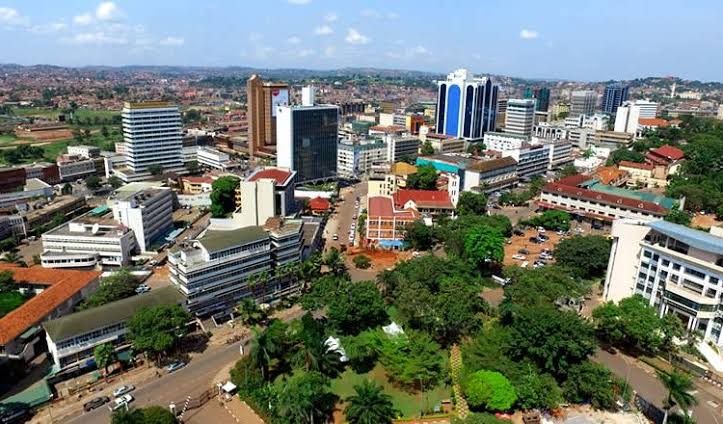 Aerial View Of Kampala City
Aerial View Of Kampala City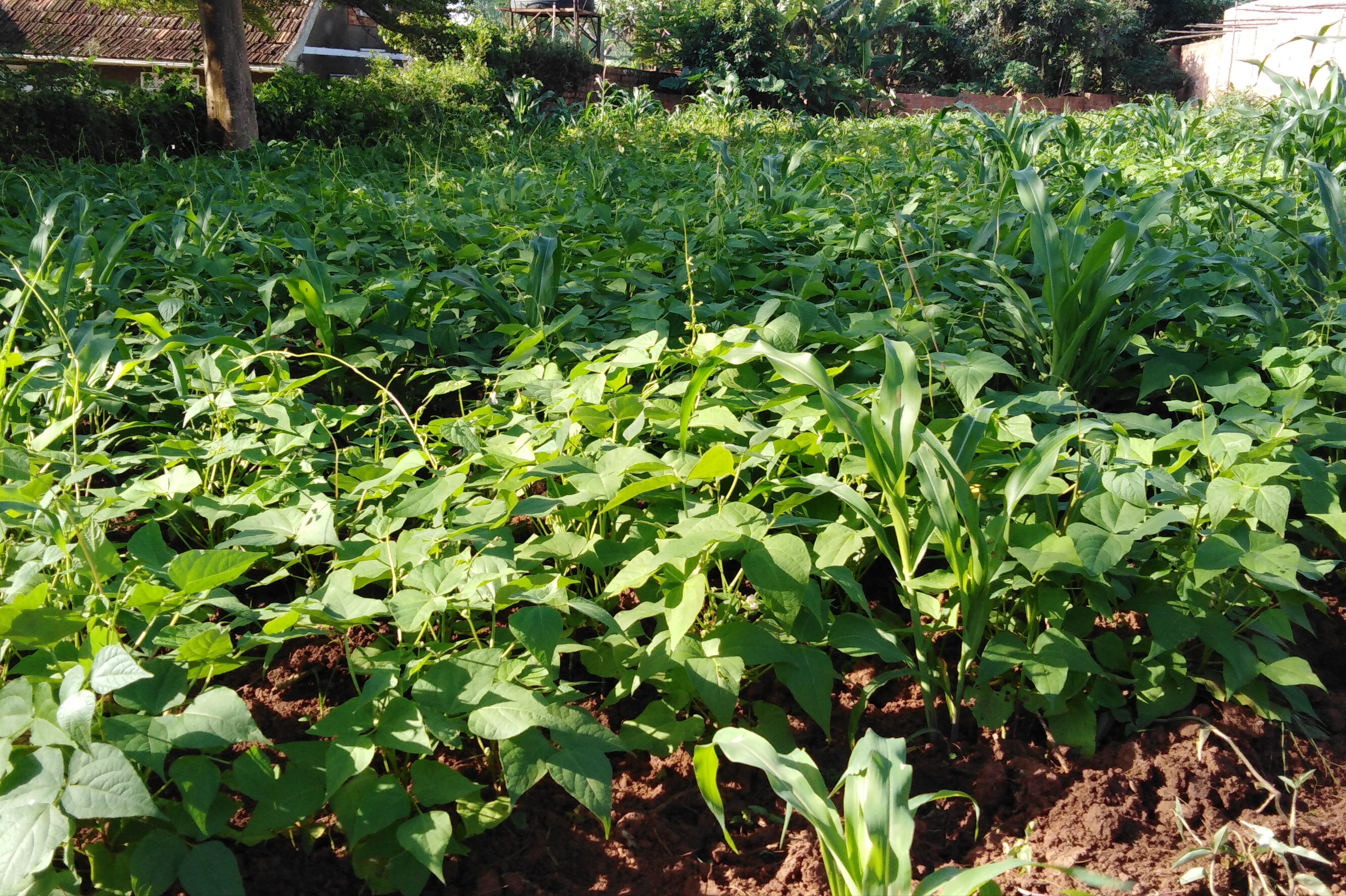 A garden of beans inter-cropped with maize
A garden of beans inter-cropped with maize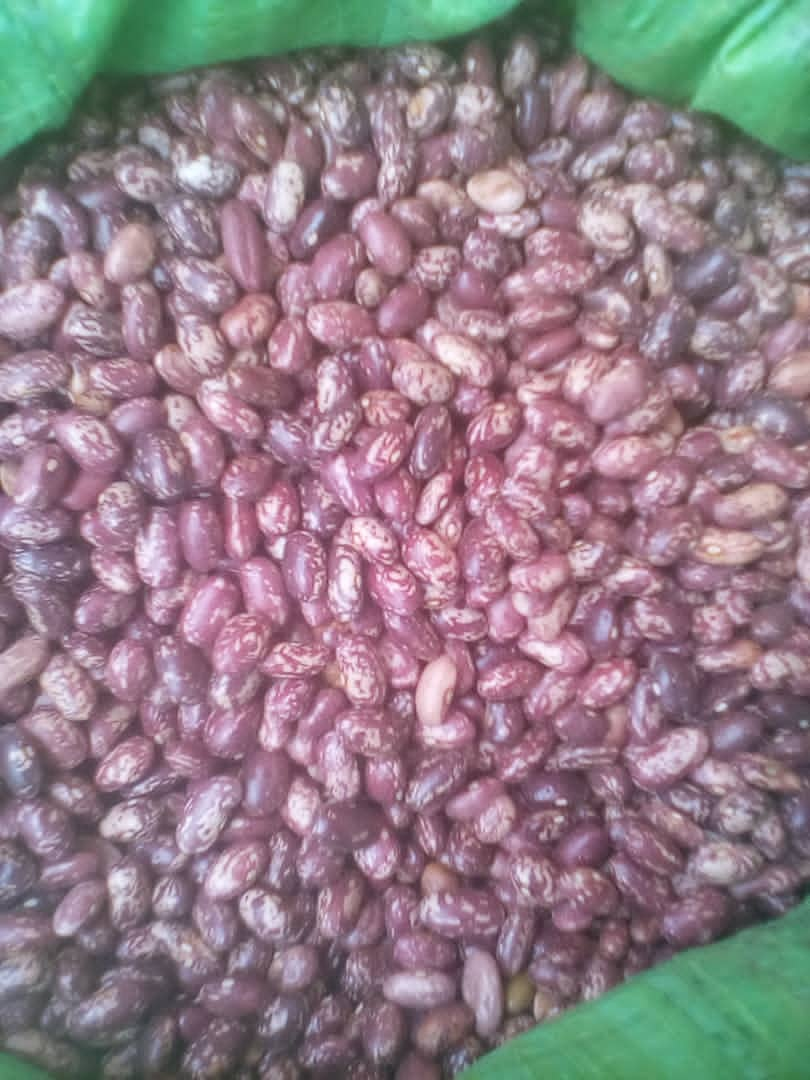
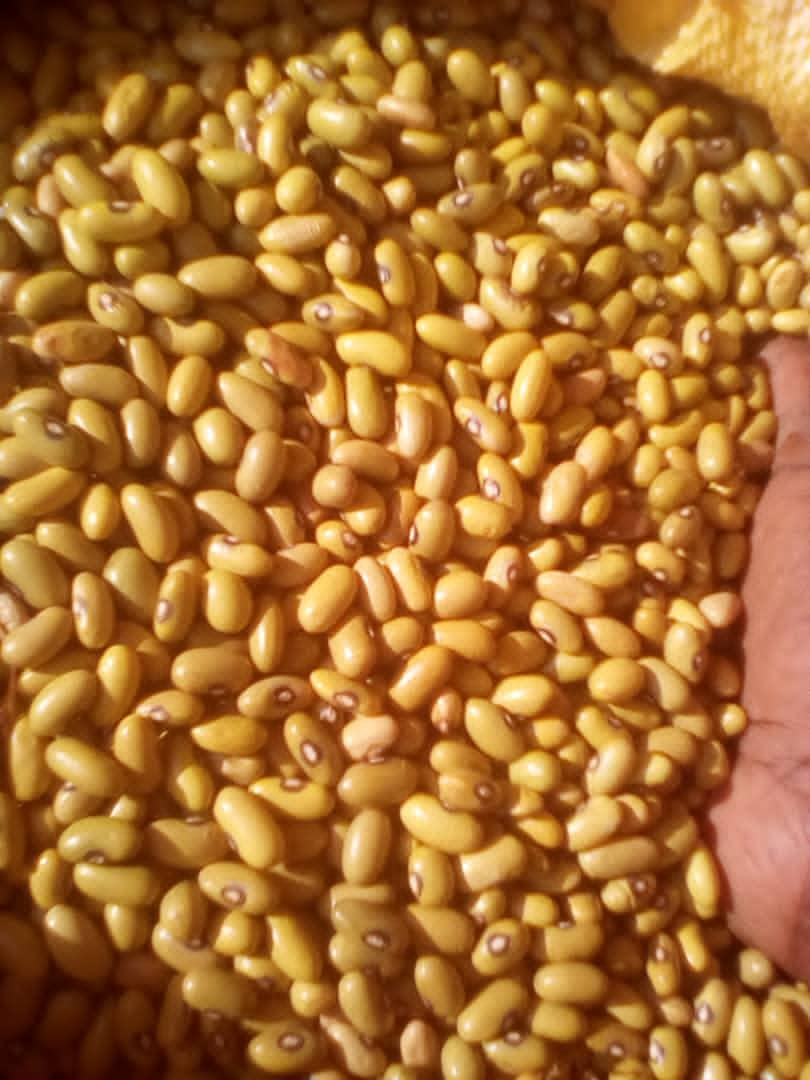
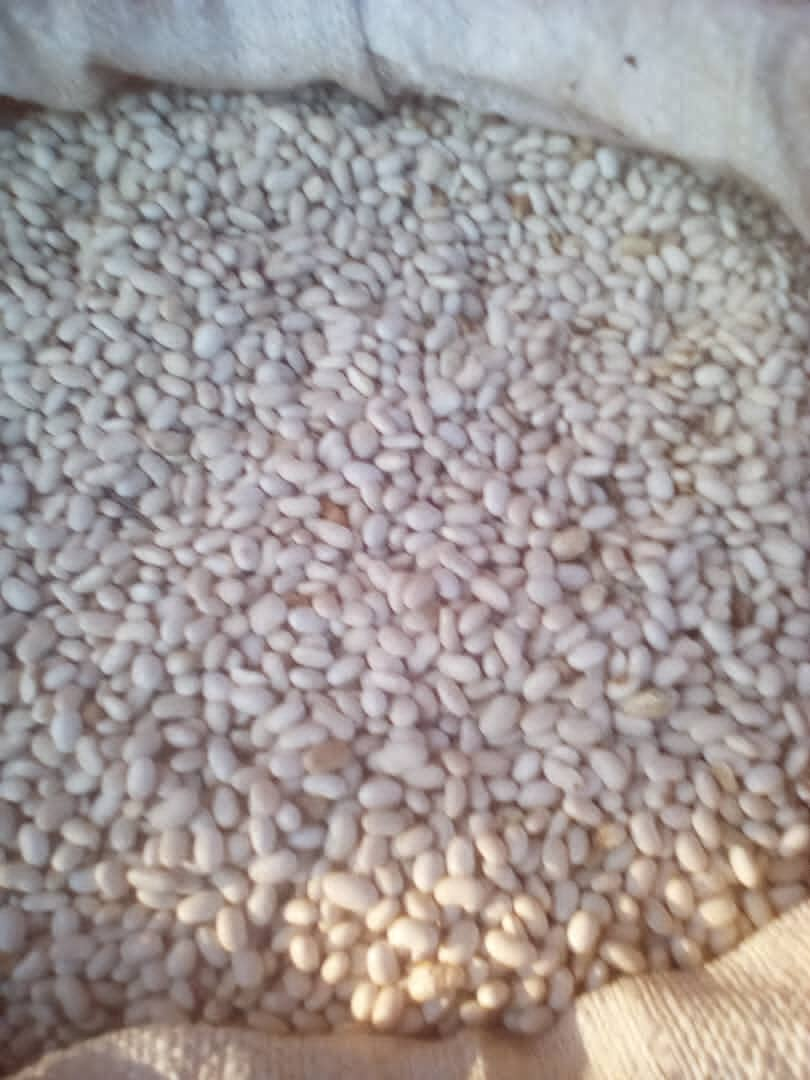
For inquiries or Orders:
Contact Us On:-
E-mail: Info@flawlessconsultsug.org
Or
Call/Whatsapp Us on: +256-772 238575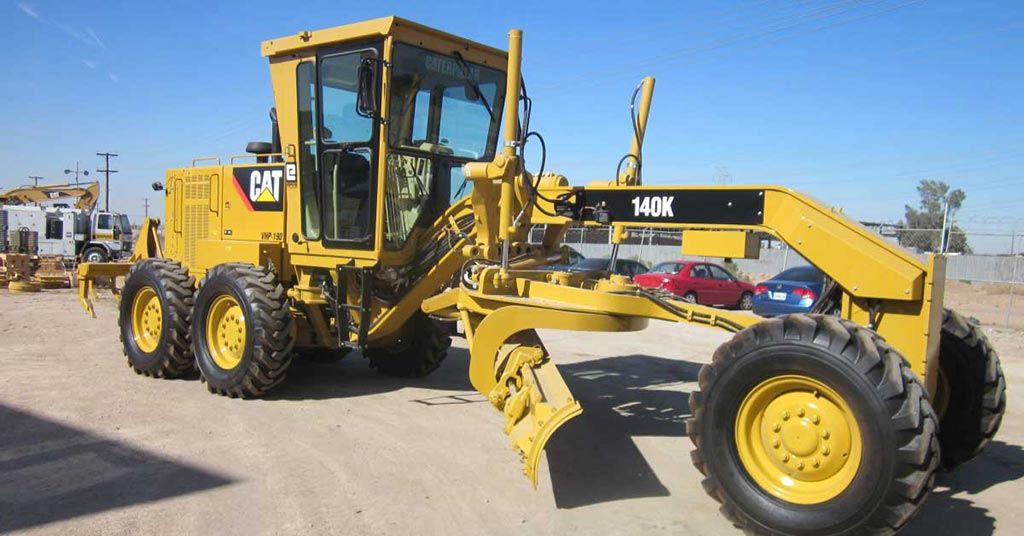 Buy A 140K Grader In Uganda
Buy A 140K Grader In UgandaFor inquiries or Orders:
Contact Us On:-
E-mail: Info@flawlessconsultsug.org
Or
Call/Whatsapp Us on: +256-772 238575
